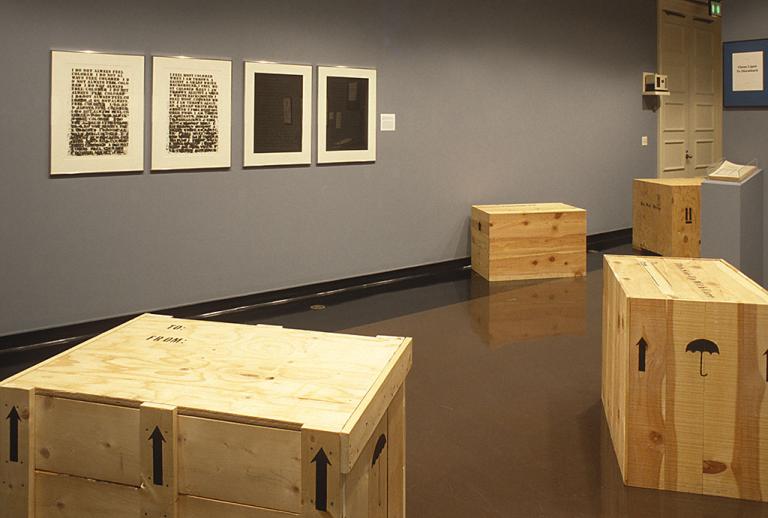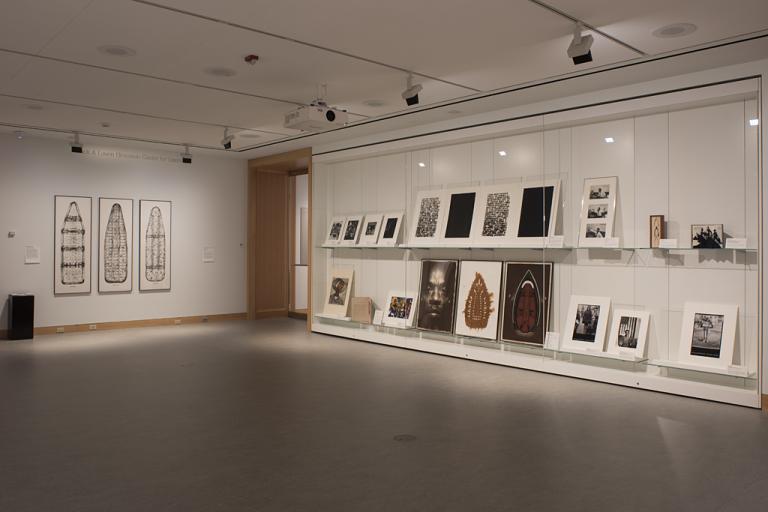untitled suite (1 of 4 prints), Glenn Ligon
Artwork Overview
Glenn Ligon, artist
born 1960
untitled suite (1 of 4 prints),
1992
Where object was made: United States
Material/technique: spit biting; aquatint; sugar-lift; soft-ground etching; wove paper
Dimensions:
Plate Mark/Block Dimensions (Height x Width): 600 x 404 mm
Plate Mark/Block Dimensions (Height x Width): 23 5/8 x 15 7/8 in
Sheet/Paper Dimensions (Height x Width): 641 x 445 mm
Sheet/Paper Dimensions (Height x Width): 25 1/4 x 17 1/2 in
Mat Dimensions (Height x Width): 32 x 24 in
Plate Mark/Block Dimensions (Height x Width): 600 x 404 mm
Plate Mark/Block Dimensions (Height x Width): 23 5/8 x 15 7/8 in
Sheet/Paper Dimensions (Height x Width): 641 x 445 mm
Sheet/Paper Dimensions (Height x Width): 25 1/4 x 17 1/2 in
Mat Dimensions (Height x Width): 32 x 24 in
Credit line: Museum purchase: Lucy Shaw Schultz Fund
Accession number: 1993.0051.02
Not on display
If you wish to reproduce this image, please submit an image request











